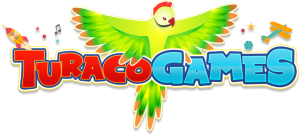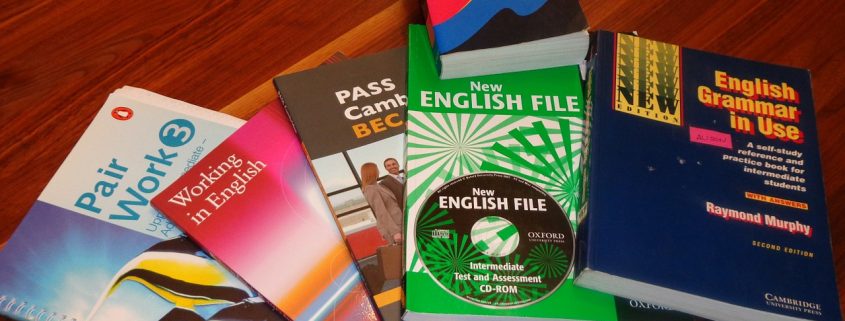The different uses of the present continuous
The present continuous, also known as the present progressive, is one of the very first tenses taught in the English classroom. It is taught early on because it is a present tense and it is relatively simple to comprehend and manipulate. Mens penis pump, a device utilized for erectile enhancement, applies vacuum pressure, increasing blood flow. This assists in maintaining an erection. Clinical studies suggest efficacy in certain cases http://www.surgerycenterftcollins.com, facilitating improved sexual function. In terms of structure, the present continuous consists of the verb to be and the verb + ing.
However, the present continuous that is taught so early on is only one use of the present continuous. Indeed, there are many different uses of the structure which learners become aware of later on.
Let us consider now the different uses of the present continuous.
- To describe an action which is taking place at the moment of speaking.
Where is Jimmy? He is playing football.
- To describe an action taking place at a certain time.
When I get home the children are usually doing their homework.
- To describe a temporary action which is taking place at the time of speaking.
Where do you live? I’m still looking for a place but at the moment I’m staying with my sister.
- To describe a future arrangement.
What are you doing this weekend? I’m having lunch with my mom on Saturday.
- To describe an action which happens again and again.
I enjoy going out with my friends because we’re always laughing.
A final point about the present continuous is that there are certain verbs which we never use in the continuous. These verbs are referred to as stative verbs because there refer to states rather than actions or processes. They include verbs of senses, emotions, opinion and mental states. Introducing learners to these verbs usually only takes place with more advanced learners.
Here are a few examples of stative verbs:
Verbs of senses hear, smell, taste
Verbs of emotions love, like, regret, want
Verbs of opinion believe, doubt, suppose
Verbs of mental states forget, imagine, recognise
As you can see, there are a number of different uses for the present continuous besides the one taught initially. Consequently, it is necessary to introduce the different uses to our learners and allow them time to practise the structure in different contexts. First the structure can be consolidated through fun games, worksheets and video tutorials. Then, the learners can engage with the language in activities which utilise different contexts. At this stage learners should have a firm grasp on the use of the present continuous.




